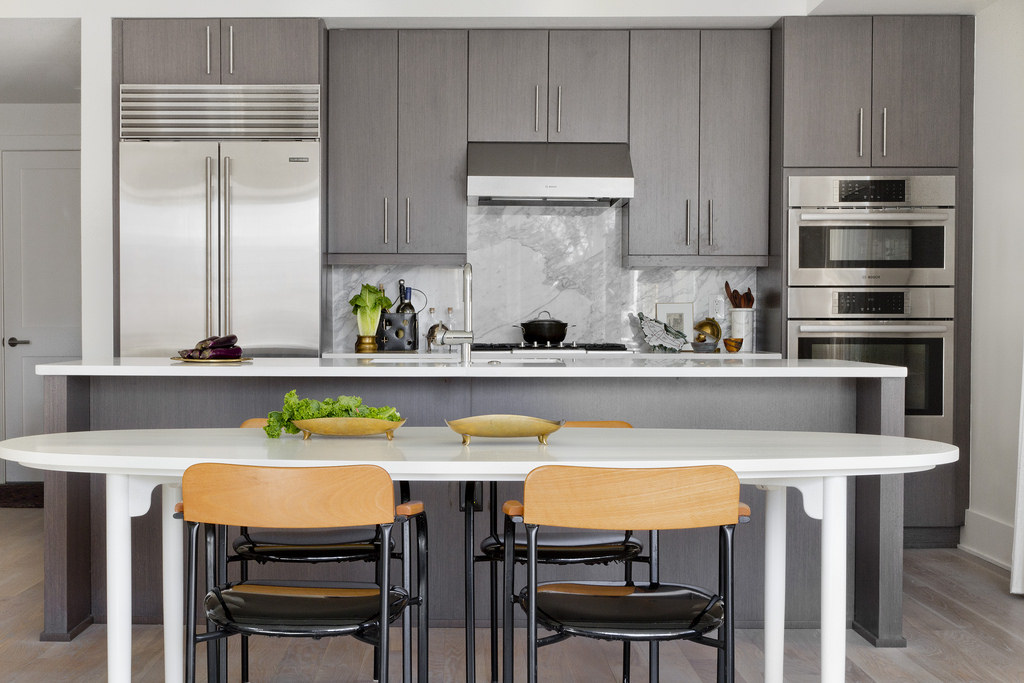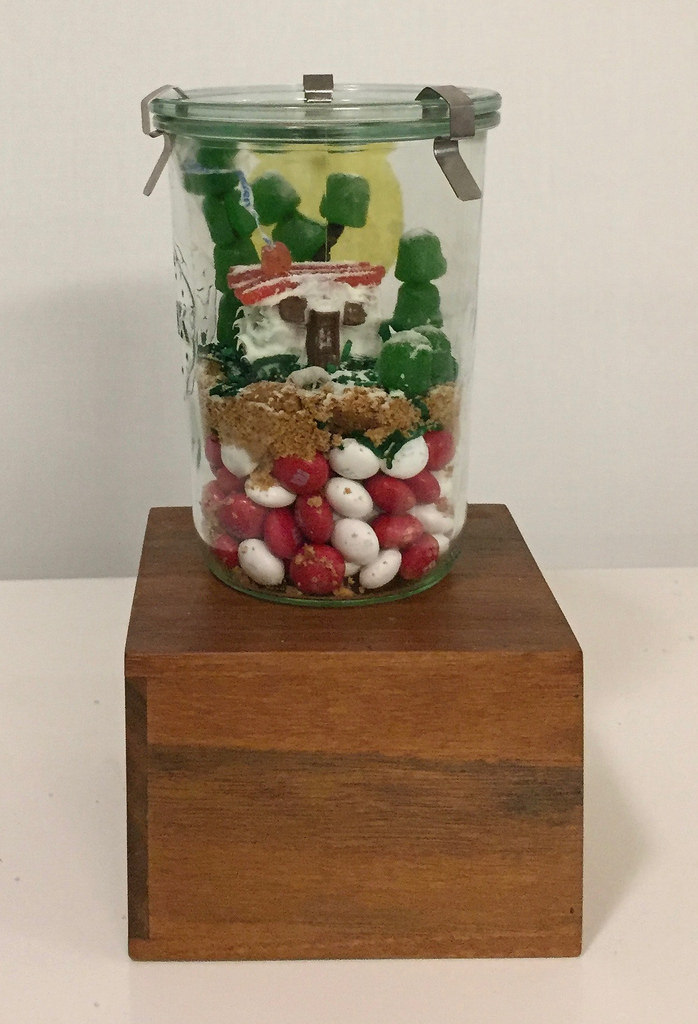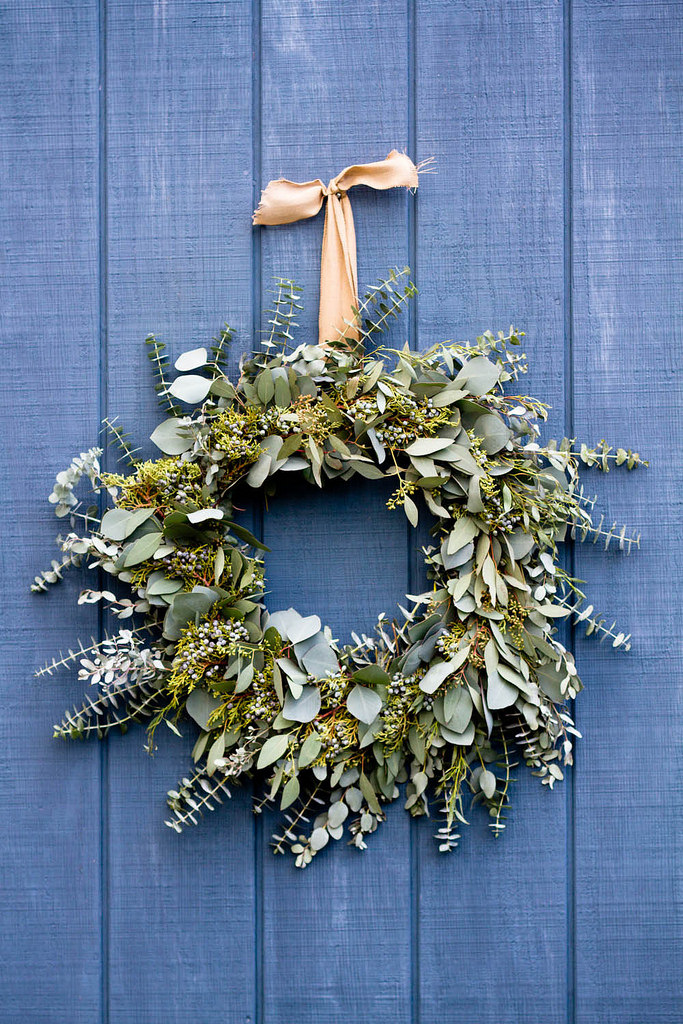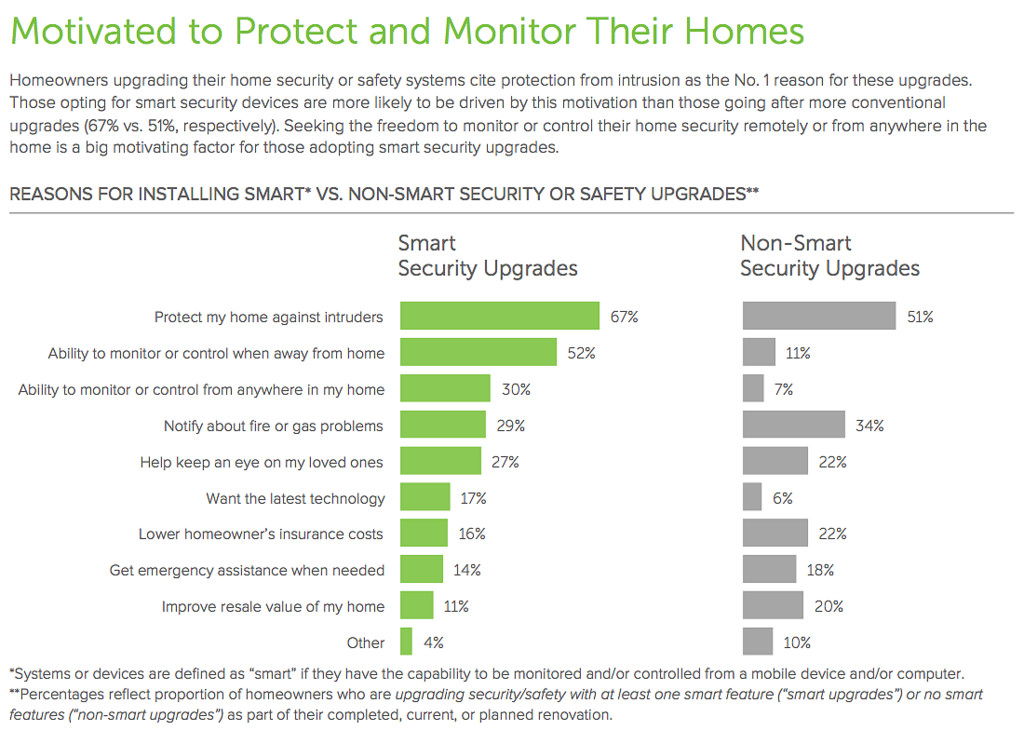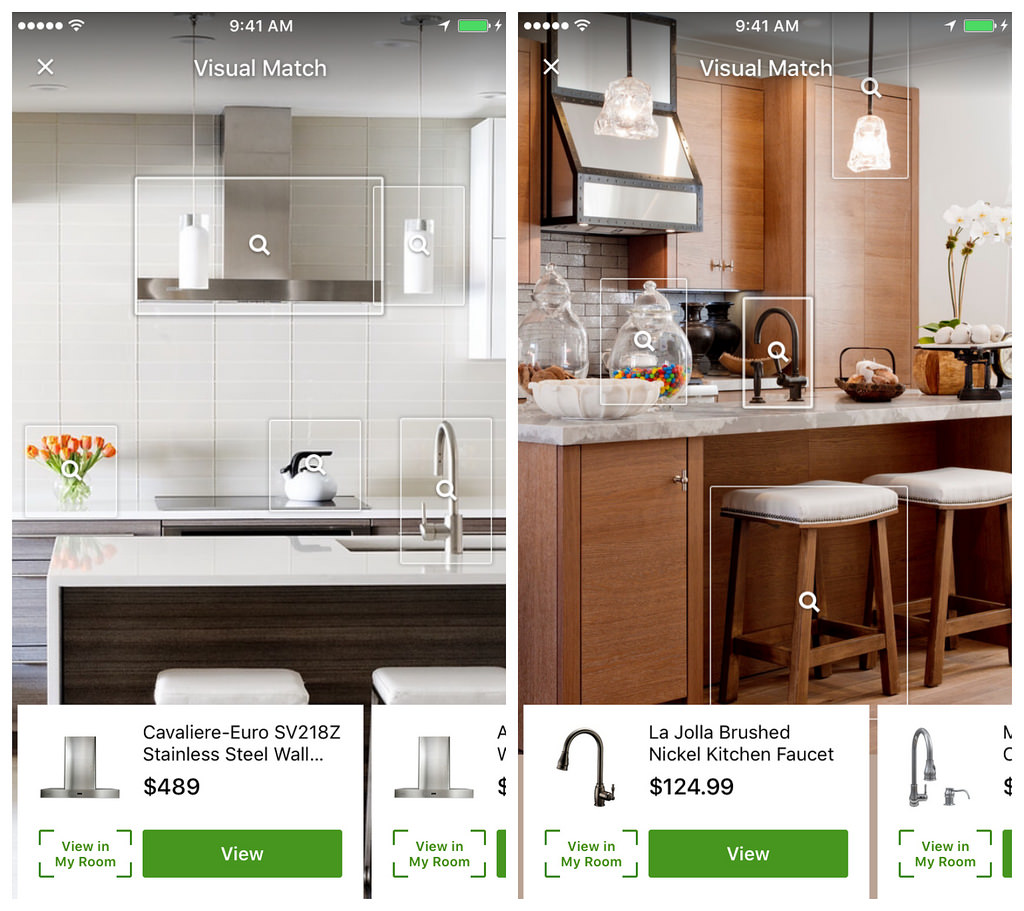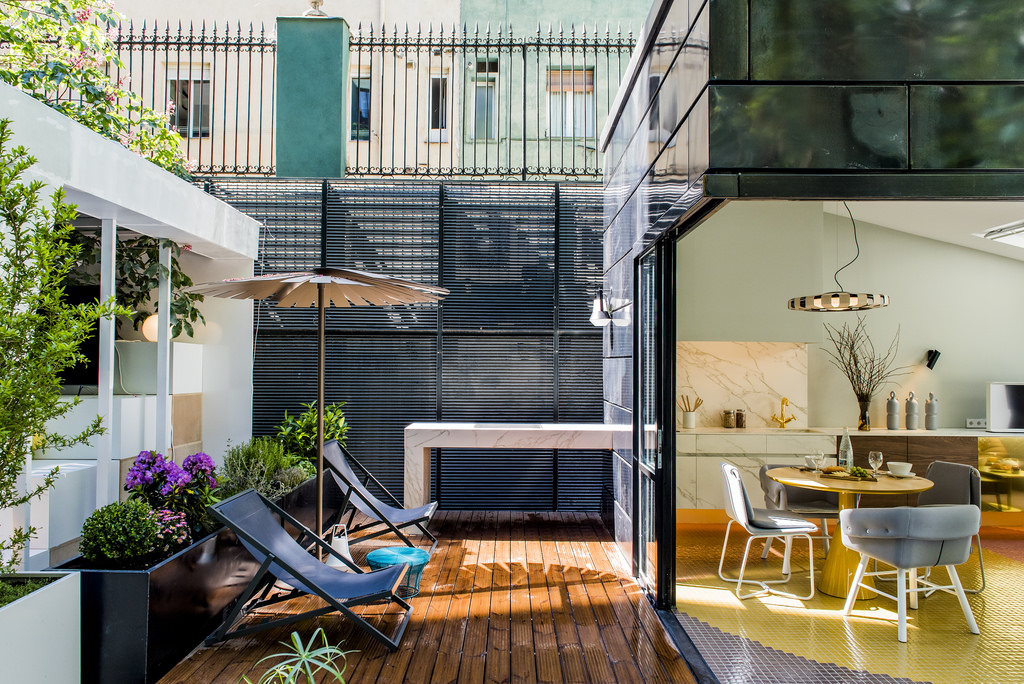
There are two main criteria we look at when evaluating new markets for Houzz: one is strong local demand for the Houzz offering and the second is demand from the global Houzz community in a market’s design aesthetic and expertise. We’re thrilled to announce the launch of our localized platform for India (houzz.in) this week, a market that stands out on both fronts.
Over one million Indians are already using Houzz every month to find design inspiration, get advice from the largest home community on the web, source products, research and hire home professionals, and manage home projects from start to finish. Indian trade professionals are already active on Houzz as well, with over 50,000 home professionals using the site to showcase their work, build their brands and reach new clients. None of the other countries we have launched to date have had such a large professional community to start.
With India, Houzz now has localized platforms and apps in 14 countries outside of the U.S.: UK, Australia, Germany, France, Russia, Japan, Spain, Italy, Denmark, Sweden, New Zealand, Ireland and Singapore. We’re seeing our community of homeowners and home professionals grow tremendously around the world, and today we have over 40 million monthly unique users and over 1.5 million active home renovation and design professionals in more than 60 categories such as landscape designers, builders, contractors, architects, interior designers and more. While in 2013, prior to our international expansion, less than 30% of new Houzz users came from outside the U.S., over 45% of new Houzz users do so today.
This growth has translated to our business as well. In 2016, we began expanding our Pro+ local marketing program and subscription service for home professionals outside of the U.S. to meet the demand from our professional community. Today, Houzz Pro+ is available in 150 markets across six countries outside of the U.S.
While the growth of our community and business internationally has been significant, one of the things that excites us the most about our expansion is the opportunity to facilitate a global design language. We’ve seen how excited people are to see inspirational projects, guides and articles written by experts all over the world, as well as to have access products, materials and professionals that are completely aligned with the vision they have for their homes. Nearly three percent of projects received by design pros via Houzz in 2015 were outside of their country, and we can only expect to see more of this cross-border activity in the future.
There’s a lot more to come in 2017, and launch of Houzz India is a great way to start off the new year.

